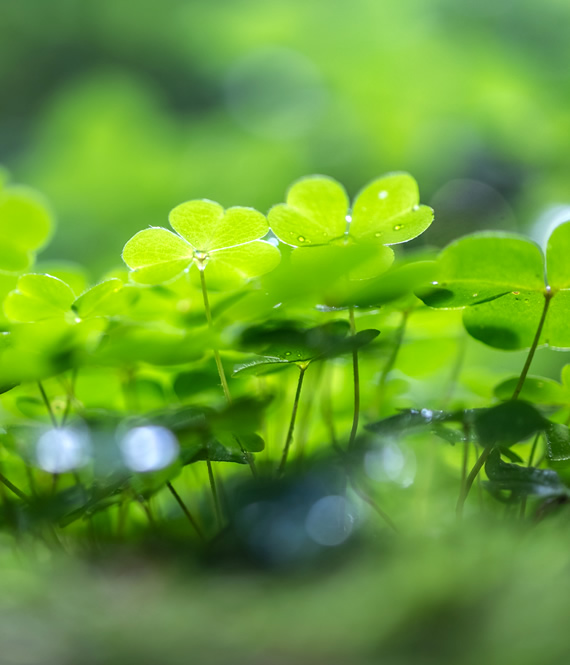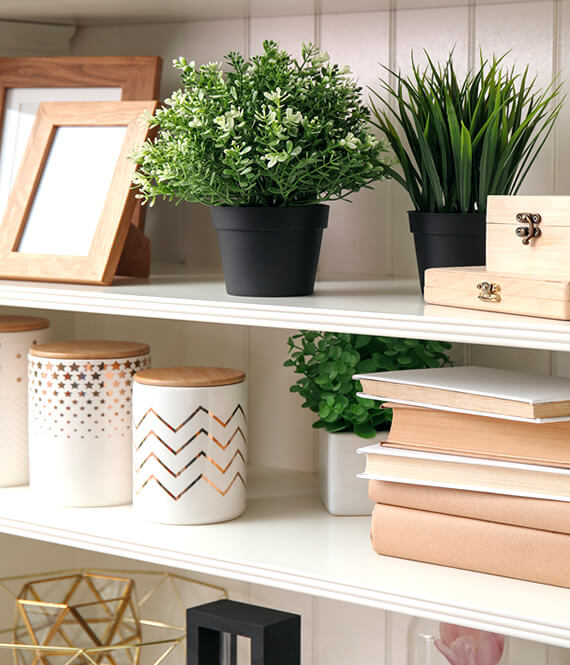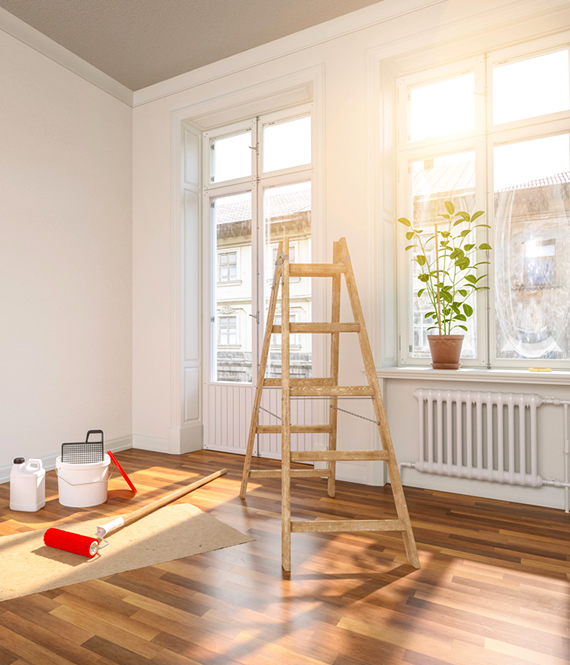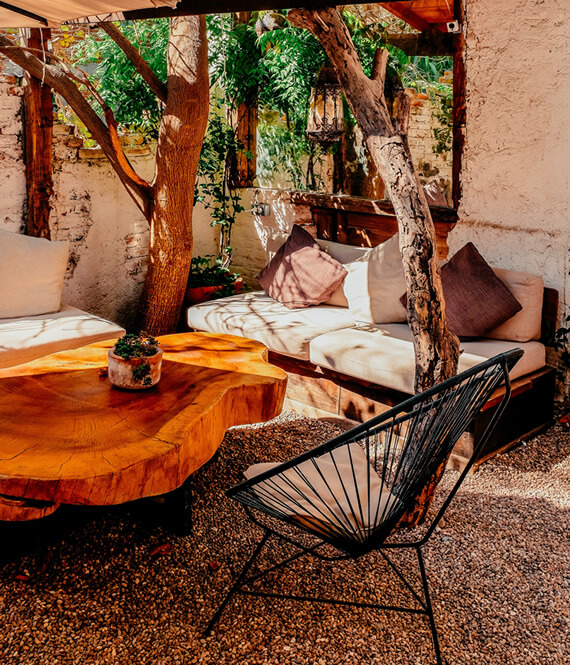
The Green Carpet Effect: Why Groundcovers Are a Lawn’s Best Friend
We recommend helpful products in our articles. Read our full disclosure here. The content on this website is not intended to be a substitute for professional advice, diagnosis, or treatment.
If you’re a proud homeowner with a beautiful lawn, you know how essential it is to maintain its lush, green appearance.
However, maintaining a pristine lawn can often feel like an uphill battle, with challenges like relentless weed invasions, soil erosion, and the never-ending need for mowing.
Fortunately, nature herself provides a solution: groundcovers, like the ones created with delightful clover seeds for lawns.
Understanding groundcovers
Groundcovers are Mother Nature’s carpet, low-lying plants that elegantly spread across your yard, blanketing the soil with their natural beauty.
These versatile plants serve multiple purposes in your landscaping endeavors.
They bridge the gaps between larger plants, combat soil erosion, and infuse your outdoor space with enchantment.
Advantages of groundcovers
1. Enhanced aesthetics
Groundcovers’ most immediate and visually pleasing advantage is their power to transform a mundane patch of soil into a vibrant masterpiece.
These botanical wonders come in various colors, textures, and growth patterns, allowing you to pick the perfect match for your landscape’s personality.
2. Weed suppression
Groundcovers don’t just sit there.
They actively thwart the relentless advance of weeds.
By casting a natural shade over the soil, they make it incredibly challenging for weed seeds to sprout.
Resulting in more quality time in your yard and less spent on weed eradication.
3. Erosion control
If your yard resembles sloping terrain, groundcovers are your allies in the battle against erosion.
The roots of these plants function as a protective force, firmly holding the soil in place and preventing erosion caused by intense downpours.
Types of groundcovers
1. Grasses
White Dutch Clover and buffalo grass are excellent choices for groundcovers.
They form a uniform, grassy carpet that’s easy on the eyes and capable of withstanding foot traffic.
Plus, they’re eco-friendly, demanding minimal watering.
2. Creeping plants
For those who desire a touch of artistry in their lawns, creeping plants like creeping thyme and sedum are the go-to options.
Their versatility shines as they craft intricate patterns and textures in your yard.
These plants are a low-maintenance choice that adds a splash of color and beckons pollinators to your garden.
3. Low-growing shrubs
If you seek a more substantial groundcover, look at low-growing shrubs like juniper or cotoneaster.
These stalwarts offer year-round coverage and can be expertly sculpted to your preferred shape.
Their hardiness and adaptability to various conditions make them a dependable choice.
Selecting the right groundcover
Soil type and pH
Groundcovers are like botanical personalities; some thrive in acidic soils, while others prefer alkaline environments.
Test your soil’s pH and select groundcovers that align with your specific soil type for optimal results.
Sunlight requirements
Pay heed to the sun’s dance across your yard.
Some groundcovers thrive in full sun, while others seek the comforting embrace of shade.
Matching their sunlight needs with your yard’s conditions is pivotal in ensuring their flourishing.
Maintenance level
Assess your gardening habits and the time you can devote to maintenance.
Groundcovers, like people, have varying needs when it comes to care.
Opting for a low-maintenance ground cover can save you precious time and effort.
Planting and caring for groundcovers
Preparing the soil
Before introducing groundcovers to your lawn, prepare the canvas.
Weed out unwanted intruders, eliminate rocks and debris, and improve soil drainage if necessary.
Adding organic matter can boost soil fertility, creating a nurturing environment for your groundcovers.
Planting techniques
Follow the planting guidelines specific to your chosen ground cover.
Maintain proper spacing based on their mature size, water them thoroughly after planting, and generously apply mulch to conserve precious moisture.
These seemingly small steps are the cornerstone of a flourishing groundcover.
Maintenance tips
Keeping your groundcovers in peak condition demands a few routine rituals.
Regular watering, occasional pruning, and a timely dose of fertilizer ensure their beauty and resilience endure year-round.
Common groundcover seed options for lawns
1. Clover seeds
Clover seeds create a dense ground cover that naturally suppresses weed growth.
They are a natural and eco-friendly choice for lush groundcovers that enhance your lawn’s health and beauty.
Moreover, clover is nitrogen-fixing, nurturing your soil’s well-being.
2. Creeping thyme
This enchanting groundcover introduces bursts of color with its dainty flowers and exudes a delightful fragrance when you step upon it.
It’s a sensory delight for your lawn and an aromatic addition to your outdoor haven.
3. Sedum
Known for their low-maintenance nature and striking succulent foliage, sedum groundcovers are perfect for regions with minimal rainfall.
Their water-efficient qualities make them ideal for areas with water restrictions.
Final words
The green carpet effect achieved through groundcovers presents numerous advantages.
From reduced maintenance demands to enhanced soil health and eco-friendly landscaping, these humble plants are revolutionizing the game for homeowners.
Embrace the green movement, transform your lawn into a vibrant, sustainable oasis, and savor the rewards of an eco-conscious outdoor haven.
Your lawn will thank you, and so will the planet.
"We love to research problems, examine studies, analyze solutions, and share with you ideas that make life healthier. You can learn about us and our editorial standards here. Have suggestions or feedback to share? Send us a message!."













Leave a Comment